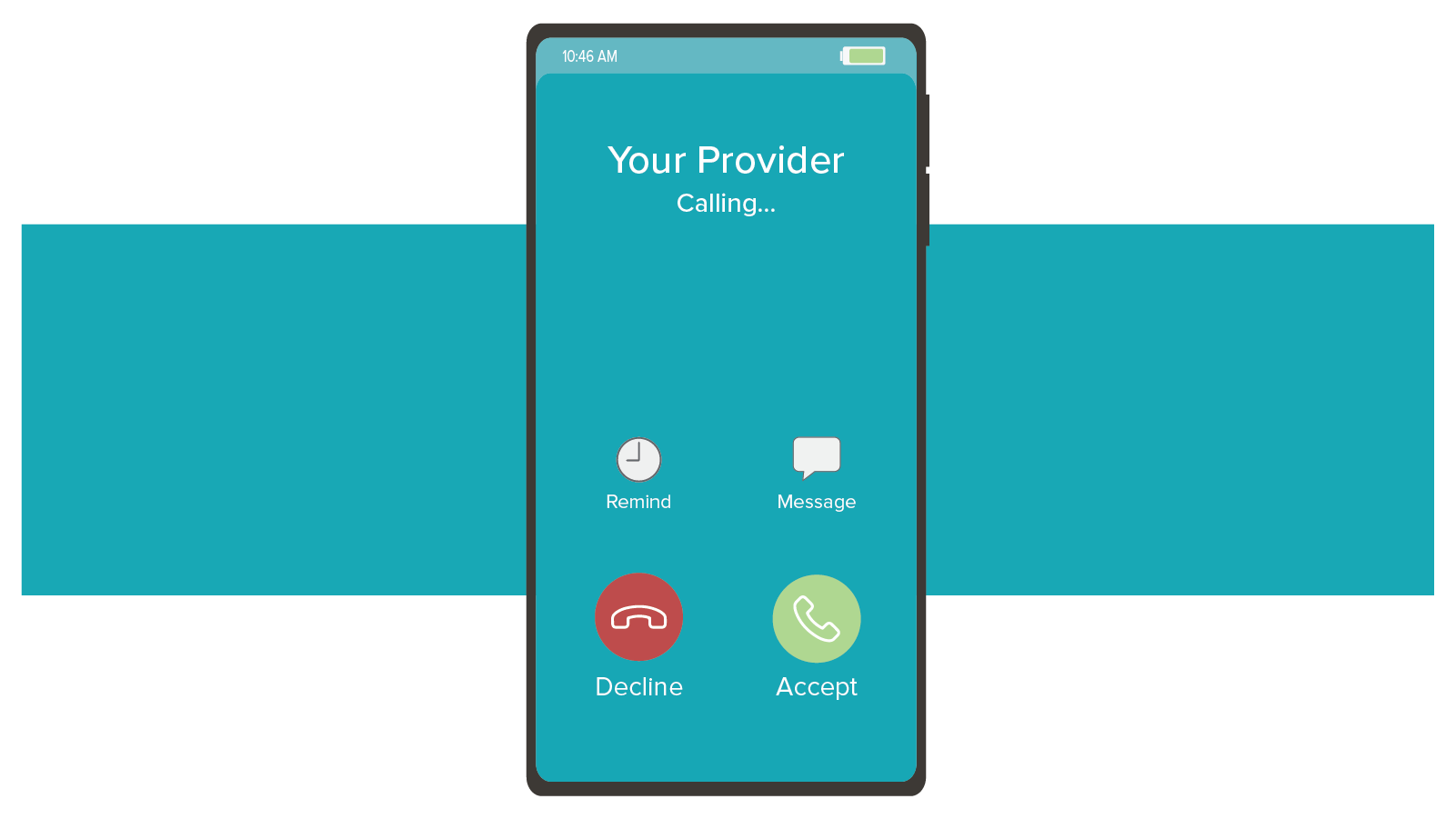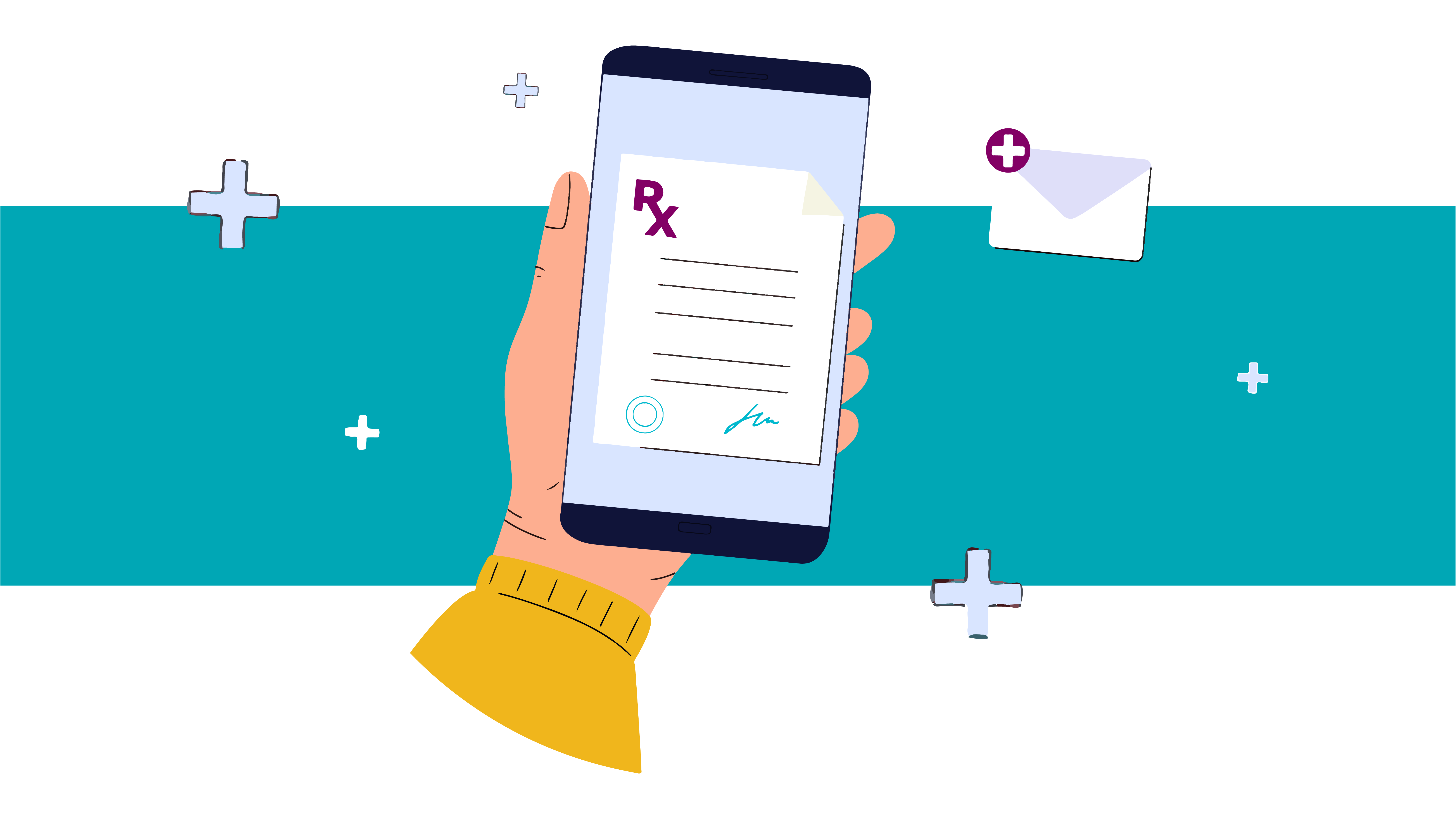Transforming Healthcare in the Digital Age with Telehealth
In recent years, the healthcare landscape has undergone a significant transformation, with the emergence of telehealth as a game-changer. Telehealth...

Once upon a time not too long ago, showing up for a doctor’s appointment in pajamas seemed like the stuff of weird dreams. These days, telehealth services—sometimes called telemedicine or virtual care—have become a preferred healthcare option.
When you think of telemedicine or telehealth, you probably think of Zoom calls with your physician or therapist. But did you know the concept of incorporating technology with long-distance health care is almost as old as the telephone itself? An 1879 article in the Lancet talked about using the telephone to reduce unnecessary office visits. By the 1960s, television added the visual component to telehealth when a hospital used two-way televisions to conduct video consultations. Some even argue that telemedicine dates back to the Middle Ages, when physicians diagnosed and treated patients using hand-delivered notes. Others reasonably argue it is as old as the practice of medicine itself.
The COVID-19 pandemic triggered a dramatic adoption of virtual health. Analysis from McKinsey & Company indicates telehealth use has increased 38x times from the pre-COVID-19 baseline.
Not only have more people turned to virtual care visits in recent years, but more clinicians, primary care providers (PCP), specialists and mental health experts adopted virtual care in order to stay connected with their patients during the global pandemic.
Telehealth lets your doctor provide care for you without an in-person office visit. When scheduling with your PCP, ask about virtual options. National telehealth guidance suggests patients consider telehealth services for standard interactions and appointments with a provider:
When should I use telehealth, and what types of care is telehealth best suited for?
Check with your provider to see what services you may be able to get from home:
These services are typically available through telehealth. Ask your provider what they offer.
Individuals appreciate the convenience and high level of quality and service virtual care delivers. A Deloitte report found that, on average, 80% are likely to have another virtual visit, even post-COVID-19. Most consumers are satisfied with their visits and say they will use this type of care again.
Though in-person office visits may be necessary in certain cases, there are many benefits of telehealth care.
Telehealth is not a perfect fit for everyone or every medical condition. Make sure you discuss any disadvantages or risks with your doctor.
If you have a provider where you already get care, call their office. Many providers now offer telehealth, even if they didn’t before. If you haven’t seen the provider before, call and ask if they’re taking new patients.
Ask your provider:
Are you a Healthcare Highways member? Check your Member Handbook or call our Customer Experience Team at 1-866-945-2292, 8 AM to 5 PM, Monday through Friday. They are happy to provide extra support and guide you through the process.

In recent years, the healthcare landscape has undergone a significant transformation, with the emergence of telehealth as a game-changer. Telehealth...

According to the CDC, only 53.3% of adults in the U.S. meet the aerobic physical activity recommendation and only 23.2% meet both the aerobic and...

Established in 2022, National Women’s Health & Fitness Day is held yearly on the last Wednesday of September. This day is a reminder that men and...